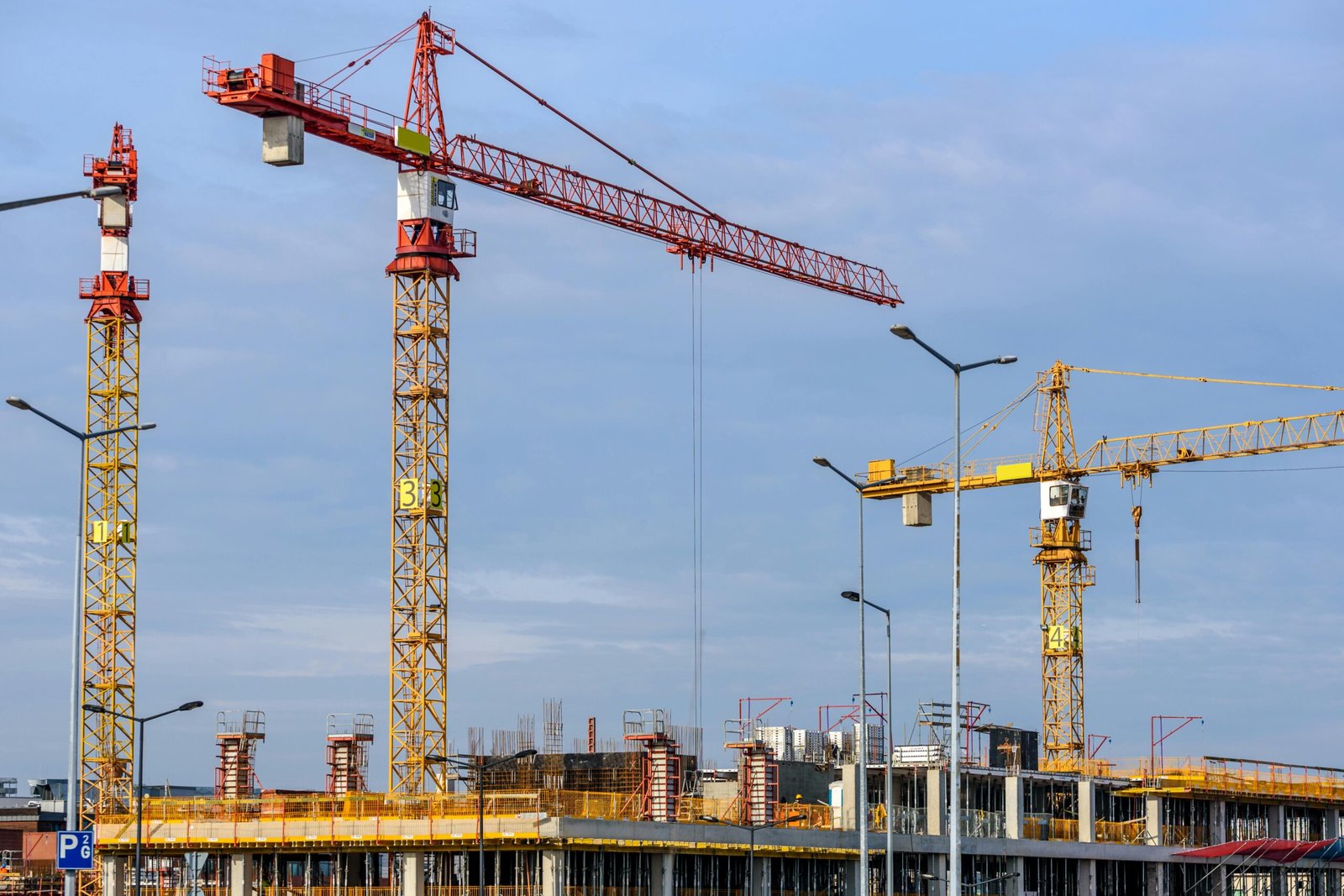
Construction projects are complex, often involving tight budgets and slim profit margins. Builders and designers are constantly on the lookout for ways to enhance value for their clients while safeguarding their financial interests.
One powerful yet frequently overlooked opportunity is the Section 179D tax deduction for energy-efficient commercial buildings. This federal tax incentive, part of the Energy Policy Act of 2005 and updated by the Inflation Reduction Act, offers significant benefits for those who know how to leverage it.
Understanding Section 179D Tax Deductions
The Section 179D tax deduction allows for a deduction of up to $5 per square foot for qualifying properties that install energy-efficient systems. These systems include interior lighting, heating, cooling, ventilation, or hot water systems that reduce overall energy and power costs.
Qualifying Properties
- Commercial Buildings: Any size.
- High-Rise Residential Buildings: Four stories or more.
- Non-Profits and Government Entities: Can pass benefits to designers.
This incentive is available for new construction as well as renovations or retrofits of existing buildings. It underscores the federal government’s commitment to promoting energy efficiency and sustainability across various building types.
The Benefits of 179D Tax Deductions
- Increased Profits
179D deductions directly enhance profit margins by lowering tax liability. For builders and designers, this means more flexibility within tight budgets and improved profitability on qualifying projects. - Competitive Edge
Offering 179D tax savings can provide a competitive advantage, particularly for projects with environmental design goals. Highlighting these savings can make a company more attractive to clients seeking sustainable solutions. - Tenant Attraction
Energy-efficient and sustainable buildings are increasingly appealing to eco-conscious companies. By qualifying for 179D deductions, properties can attract higher-quality tenants and enjoy increased rental rates. - Enhanced Reputation
Completing 179D projects enhances a company’s reputation as an innovative and environmentally responsible firm. This reputation can lead to more business opportunities and stronger client relationships. - Sustainability Promotion
179D encourages energy-efficient construction, helping firms reduce their carbon footprint. This aligns with broader industry trends toward sustainability and environmental responsibility.
Real-World Example
A compelling example involves a designer working on an energy-efficient building in Temecula, CA. After the building was completed, Engineered Tax Services conducted an EPAct energy evaluation to certify the lighting subsystem as energy efficient. This certification led to a total tax saving of $81,228 for the designer, demonstrating the tangible benefits of leveraging 179D.
How to Claim 179D Deductions
- Design and Construct
Ensure the building meets the technical energy reduction requirements outlined by the IRS. - Obtain Certification
To confirm the energy reduction percentages, secure third-party certification from a qualified professional, such as a licensed engineer. - File IRS Form 7205
Complete this form along with your tax returns to claim the deduction in the year the building is placed into service.
Common Mistakes to Avoid
- Inaccurate Modeling: Properly model and measure energy use during design.
- Missed Deadlines: Adhere to deadlines for certification and deduction filing.
- Documentation Issues: Provide all required documentation to eligible parties.
- Ongoing Maintenance: Maintain energy performance levels to uphold eligibility.
Conclusion
The 179D Deduction offers a powerful tool for enhancing construction project profitability. By understanding and effectively leveraging this incentive, builders and designers can gain a competitive edge, contribute to environmental sustainability, and improve their financial outcomes. Proper planning, execution, and engagement with tax experts can help maximize the benefits of 179D, leading to better profitability and a stronger market position.
Categories
- 179D (37)
- 179D (20)
- 45L (2)
- Archive (9)
- Case Studies (64)
- Cost Segregation (5)
- Cost Segregation (10)
- CPACE (5)
- ERC (3)
- Event (9)
- News & Blog (67)
- R&D (22)
- R&D (18)
- SBA 504 (4)
- Tax News & Updates (13)